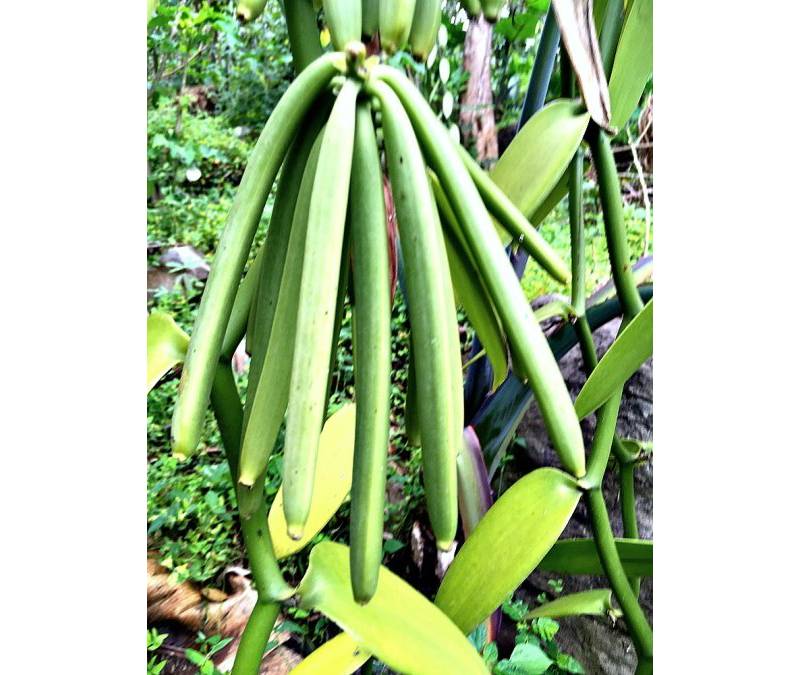A polished wooden floor leads to a mahogany door linked to an obscure glass elegantly patterned to match The Lord Erroll restaurant insignia. It is a simple entrance, but one feels like they are jumping into a new world.A garden waterfall leads to Th...
A polished wooden floor leads to a mahogany door linked to an obscure glass elegantly patterned to match The Lord Erroll restaurant insignia. It is a simple entrance, but one feels like they are jumping into a new world.
A garden waterfall leads to The Lady Idina Terraces, one of two places Lord Erroll serves high tea, an afternoon drink that has become a cherished treat Nairobi restaurants have to offer.
The other location is Diana Hay Garden, which is a fantastic option for high tea, when the weather is right.
Just what is high tea? History buffs say that it all started in 19th Century among the upper class in England, as afternoon tea. Then the Australians picked it, and would have it on high tables, served between 3pm to 6pm, right before dinner and a visit to the theatre.
The afternoon tea, which features finger sandwiches and scones started as a hyped trend on social media, but it is slowly becoming part of Kenyans’ lifestyles.
High tea in Kenya has come a long way from when renowned colonial-era guests would sit at the terrace of Fairmont The Norfolk in Nairobi enjoying a perfectly brewed cup of tea, whilst watching the game hunters, merchants, explorers as they went about their business. Among them were Karen Blixen, Winston Churchill and Lord Delamere.
A number of Kenyan hotels introduced the high tea about six years ago, some serving it with the British bourgeoisie etiquette with a few tweaking it.
At Hemingways Nairobi, Wilberforce Tuvei, the food and beverage manager, says high tea guests now take up most late afternoons.
“High tea is not a social media fad,” he says.
The hotel built as a modern country house has reflective white marbled floors and a sinking carpet that goes up the double spiral staircase that is decked with a large hanging chandelier.
Overlooking a beautiful garden and Ngong Hills, it is the perfect spot for watching the sun disappear behind the horizon while indulging in the hours-long tea party.
With a pricing of Sh2,500 to Sh5,000 for two, it is easy to see why more Kenyans do high tea parties over weekends as they also get to watch the perfect sunset like the colonials did at the Champaign Ridge out on the other side of Ngong.
“It has become a norm now in Karen. People come for high tea even during baby showers,” Wilberforce says.
“We now get more locals coming for high tea. There’s nothing English in having tea with a scone and finger sandwiches,” he adds. Hotels are also receiving more high tea customers during occasions such as Mother’s Day. Some serve up to 100 people who come for high tea, celebrating graduations or just for chama (investment club) meetings.
“High tea has changed to this: that we now serve up to 40 people. And they come very well dressed up for it, making it a social occasion,” Wilberforce says, adding that one rack of scones, sandwiches and cakes serves two.
“Kenyans have made the high tea theirs. They have embraced high tea even with its authenticity,” he says.
However, there are some tweaks to the high tea. Some hotels like Fairmont The Norfolk serve Mombasa High Tea which has more intense flavours as it incorporates the fusion of Swahili and Indian cultures.
They serve chai masala which comes accompanied with meat and vegetable samosas, katlesi (skewed meat balls), mbaazi (pigeon peas), chapati, bhajia, and kaimati, mandazi, mahamri and kashata.
For the tea, the hotels serve anything from chamomile, peppermint, Rooibos, green, English to Earl Grey teas. There is also coffee and the high tea can be served alongside wine or champagne.
Although the aristocrats dressed up for high tea, there is no formal dress code in some Kenyan hotels and patrons can arrive as early as 2pm.
At Hemingways, the high tea comes with scones at the bottom tier, with sandwiches making the middle tier and lastly cakes: black forest, caramel mouse, mango cake and red velvet sitting on the top tier.
Although the hotels shy away from stating the revenue margins and figures high tea generate, most have substantial customers, including the middle cadre of society, as well as the fussy eaters.
Tea consumption
Global afternoon tea trends suggests that health concerns like, healthy gut bacteria are becoming a key driver in increasing tea consumption.
The flavours are moving towards more earthy ones, like ginger, turmeric, cumin, and vitamin C infusions making the bulk of most luxurious loose leaf teas purchased.
In Kenya, the art of tea drinking has been here with us for generations, whether served as black or green, or purple tea.
Over the years, tea production and consumption has increased with factories introducing many speciality teas.
Local consumption grew by 22 percent last year, according to the Kenya National Bureau of Statistics.
At The Lord Errol, Zahra Bahlewa Moi, clad in navy blue trousers, waterfall sweater and cheetah-like scarf matching her black boots, walks to our table during the high tea. She is graceful and exceptionally warm.
She pours fresh peppermint tea into our cups. The din at the restaurant is one of a live jazz band playing, against the clinking of glasses and chatter of patrons.
She picks a scone, applies clotted cream first, then jam. Mama, as she is affectionately referred to at the boutique restaurant, then takes a bite. The hotel has probably some of the best scones in town.
“You sit quietly and let the scone melt in your mouth,” Zahra says.
She orders two more scones for me to slather clotted cream and strawberry jam over and down with fresh peppermint tea, a favourite of most patrons.
Two elderly women sit a little farther on, consumed in their conversation over the endless cups of tea. A few high-profile customers saunter in.
Zahra’s focus is to make everyone happy with the food and service. With her attention now firmly fixed on the high tea set before us, Zahra says, “This is the lifestyle I am trying to create. But to convert people during the week, people who don’t make time for tea is a challenge.”
On the terrace, a couple also here for a high tea date come out to the Lady Idina garden for a lovers’ walk.
Zahra points to the cheese sandwich on the tier and says, “You’ve got to start with the sandwiches. The problem with leaving them for last is that they dry out. What’s the other reason?” smiling warmly.
In these hotels, the comfort that comes with the experience makes you hang around for dinner, perhaps to sample the artistic creations of Chef Silvio Morelli at The Lord Errol, for instance, who is also a master painter.
A self-confessed foodie, Zahra watches the jazz musicians play soft tunes into the arms of the night and places an order for dinner. Fish. That is what we all ate and enjoyed.
Upon rising from our table, hours into the night, Zahra gestures that we say hello to one of the guests. It is Muhoho Kenyatta, the president’s brother, spotting a rich salt pepper beard, who happily quips it’s “a summer thing.”
In Kenya, high tea has become more than a summer affair. For those who have never had high tea, do not cut through the scone with a knife, Zahra says.
Original source: https://www.businessdailyafrica.com/lifestyle/food/Why-High-Tea-is-Gaining-Flavour/4258338-5253874-e3pi6bz/index.html




